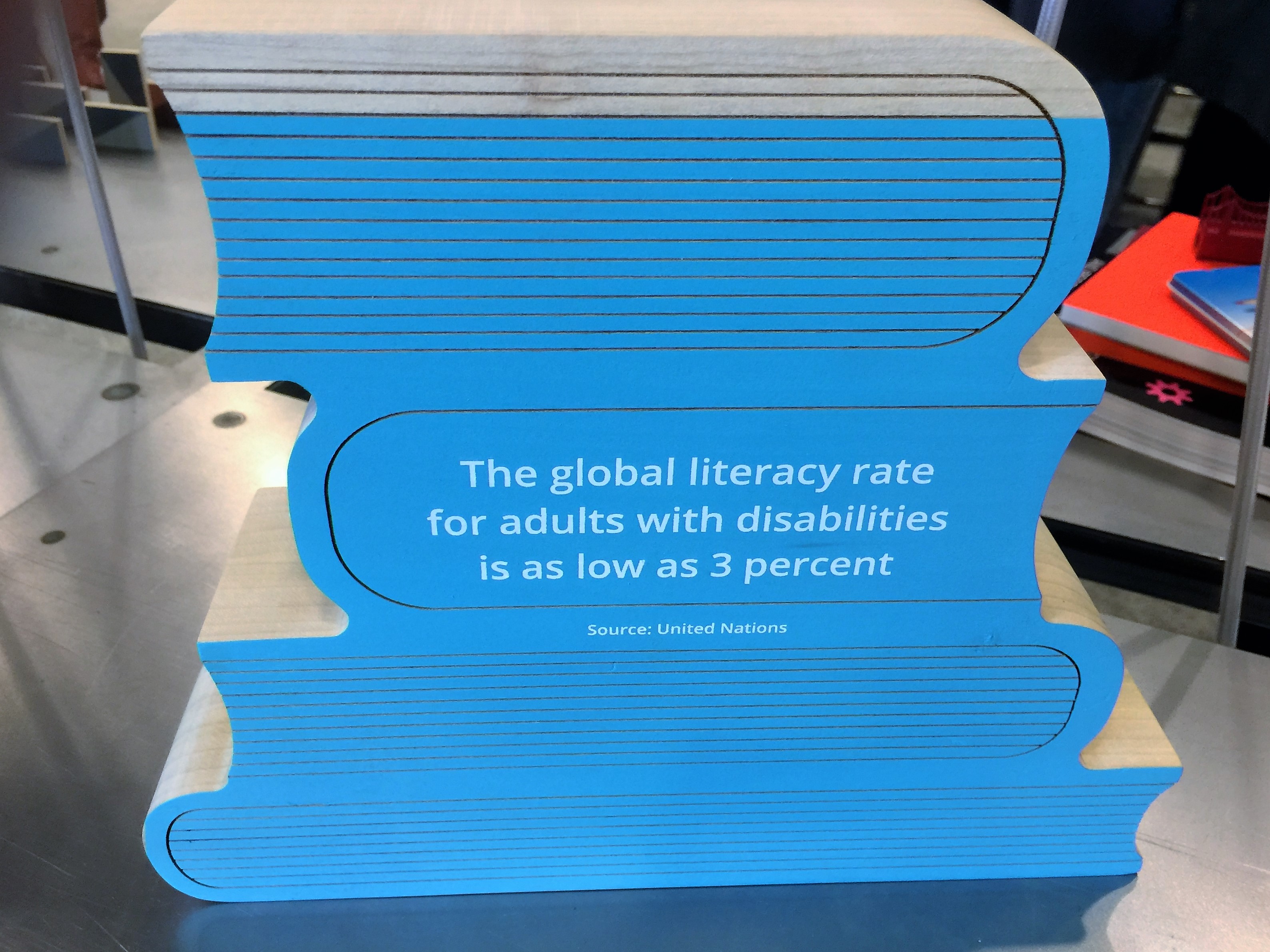
My experience with inclusion began in 1991 with the birth of my son. Our family did not want to be isolated from mainstream society. We didn’t want our son segregated from his typical friends. At that time, there were zero organizations promoting inclusion of children with special needs. This lead us to develop E-Soccer for which I won a Jefferson award, and has now been innovated into E-Sports programs.
From there I realized those with verbal challenges needed more than a program to be included with their typical friends. These verbal challenged students and adults needed an affordable way to communicate using digital devices. This lead our team at Digital Scribbler to develop Quick Talk AAC and Quick Type ACC.
One of my joys has been participating in the ever growing inclusion community, where people like Tim Villegas, who interviewed me about E-Soccer, has worked hard to spread the inclusion conversation around the nation.
In the midst of my journey, one thing has remained largely the same, which is social stories. They are infinitely valuable, but in my opinion have not developed their digital potential.
The Definition of Social Stories
Carol Gray developed Social Stories in 1990. While she gives credit to parents and students alike, it is her journey which best informs and defines Social Stories. In fact, she defines social stories as, “A social learning tool that supports the safe and meaningful exchange of information between parents, professionals, and people with autism of all ages.”
Analog to Digital
I believe social stories have an extraordinary impact on the lives of those with Autism, but their value is not limited to this group alone. I have seen students and adults with learning disabilities, emotional health challenges, as well as those who are typical benefit immensely from the use of social stories.
My concern as we move deeper into the digital age is the best social stories are physical. There is no question the tactile experience of a physically constructed social story cannot be replaced, but there are expansive possibilities and opportunities we are missing, as long as digital social stories pale in comparison to the physical ones.
I believe social stories must move from physical to digital, so we can take advantage of the treasure trove of rich media accessible through digital devices. Developing dynamic digital social stories is an essential key to a future with successful inclusion.
Interactive and Inclusive
There are some useful social stories apps on the market. One of our family favorites is the “Kid in Story Bookmaker,” which comes as close as anything I have seen to my dream of a digitally customizable social story. While “Kid in Story” works it leaves me wanting more.
The “more” I want is an app built from the ground up with the concepts of Carol Gray in mind, but the digital audience in focus. New generations of children and adults consider the rich media experience of digital devices a prerequisite for attention. In other words, if you aren’t apart of the digital world, then you will not receive their attention. This is true of typical and special needs children as well as adults.
The three things I believe digital social stories must accomplish are simple and deep interactivity, along with inclusive relationships building. The simple interactivity means even the youngest child can drag and drop media to create a basic yet enjoyable social story. The deep interactivity means skilled users and caretakers could create complex instructive social stories. The inclusive aspect of the social story is an area or space, where those with special needs can create social stories with their typical peers.
When a digital social story allows individual use by those with special needs, complex instructive assistance from their caretaker, or fun creation along with a friend then my dream is coming true.

